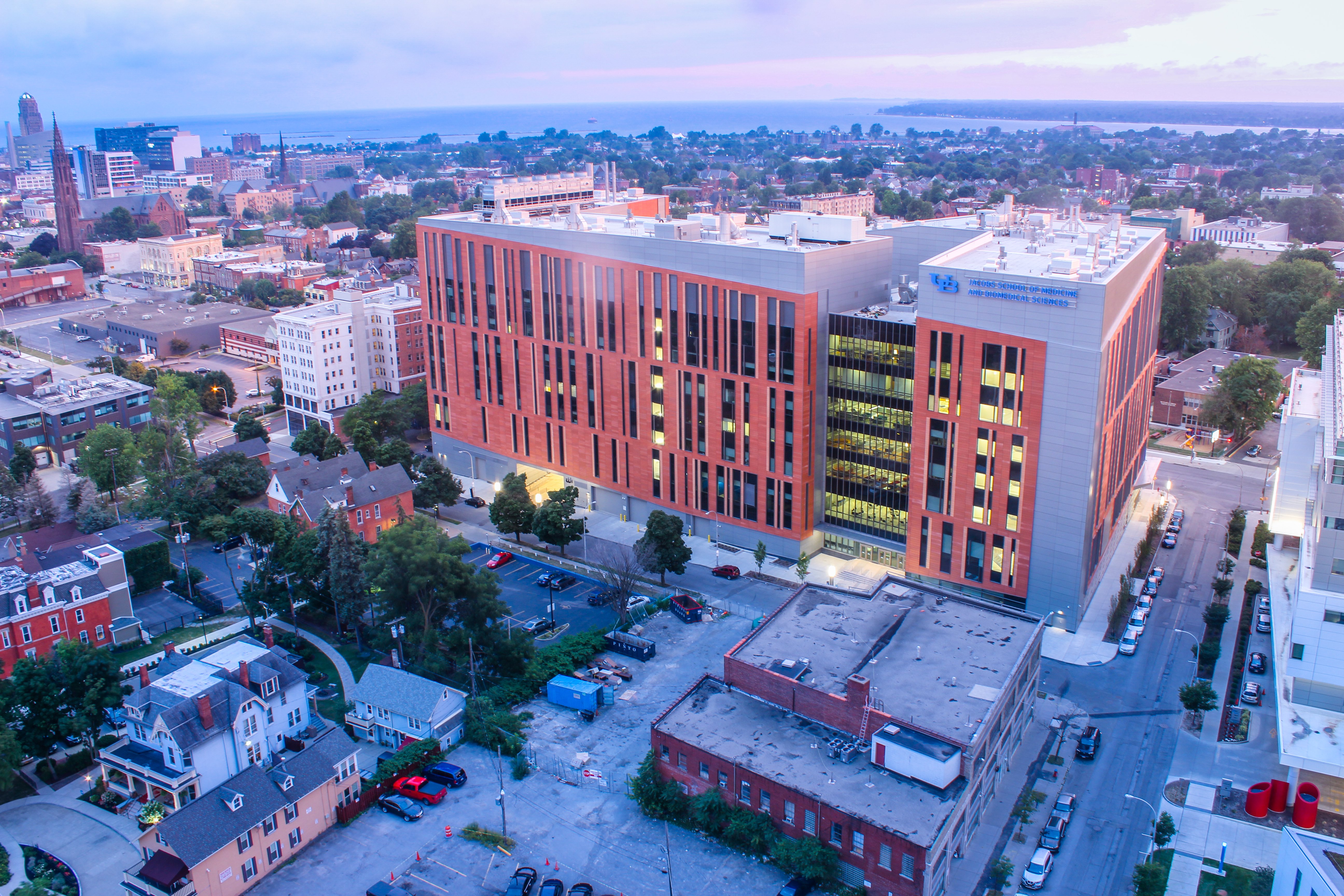Buzzwords like “density” and “collisions” often litter the collateral of the startup and health care fields, among others. But those words are far from filler. As my college English professor used to say, “Clichés are clichés for a reason.”
So if that highly touted density is of actual value, what does it look like in practice? It looks like speed. The ability to go from idea to product, and lab bench to patient bedside quicker. In Buffalo Niagara, one of the many examples is TraumaCode.
TraumaCode is a team of surgeons and software engineers using immersive virtual reality simulations to train surgeons in the operating rooms of the future. The process should increase skill thanks to the analytics assessing user decisions, and speed up the recertification processes that those in health care complete, often annually.
But at one point, TraumaCode was just an idea. Dr. Brian Quaranto had observed the problems and inefficiencies through his career and had an idea for improvements. But in order for TraumaCode to become what it is today, Quaranto needed a lot of help, trial, feedback, some more trial, and more feedback.
That’s where Buffalo comes in.
Dr. Quaranto is a surgeon at the University at Buffalo’s Jacobs School of Medicine. The Jacobs School of Medicine relocated to a brand-new state-of-the-art 628,000 sq. ft. facility in 2017. The beautiful building is on the Buffalo Niagara Medical Campus, a 120-acre campus housing several hospitals, academic buildings, entrepreneurs, and more.
As Dr. Quaranto began taking his idea from dream to reality, the first step was rapid prototyping. The TraumaCode team was able to 3D print a piece of headgear at the Jacobs School that could mount a camera, fit on a surgeon’s head, and, most importantly, not disrupt the procedure.
They found willing test participants in the UB surgery department – just a few floors below the 3D printer that created the contraption – including Chair Dr. Steven Schwaitzerg. The feedback loop, all being within the same building, didn’t take long to connect, and neither did the adjustments made to the prototype. And that process was able to continue as they perfected the first piece of equipment. It was also able to be replicated as TraumaCode continued to scale, capturing new footage for new content.
And, when it was time for TraumaCode to find office space in Buffalo – you guessed it – they didn’t have to look far. In the same building, the Jacobs School of Medicine, where students are taught and operations are done, TraumaCode found its headquarters.
“Buffalo allows you to go quickly,” said Dr. Quaranto. “People not familiar with Buffalo sometimes don’t understand the depth of resources and knowledge here.”
The company is currently building out its content library for several different disciplines and curriculums. The speed at which they’ve grown is thanks to a great idea, talented people, and, in part, a region that’s resources and industry investments helped it become a reality.

